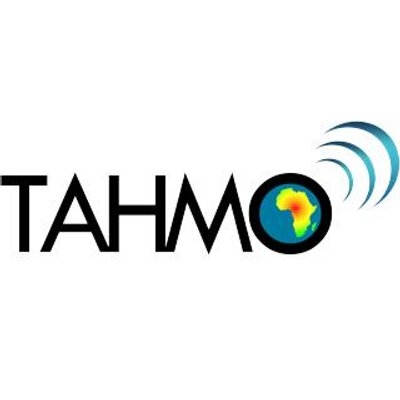Many third world countries are struggling with a lot of poverty. Sub-Saharan Africa, for example, where over 75% of the population earn less than 3 dollar a day. So most of the population has very little to spend. How do you reach a public who have so little? Almost all products and prices are based on the western world. The new phones, cars, lighting, agricultural equipment and even healthcare is way too expensive for most of the population.
This is where frugal innovation comes in. First of all, what exactly is frugal innovation? There are many definitions about frugal innovation, but the definition used in this column is the following: frugal innovation is usually defined as stripping down and/or re-engineering products and services, to offer quality goods at very low prices to the people in who are at the "Bottom of Pyramid". Research shows that frugal innovations compared to regular products can lower the price of a product between 50% and 97%.
A dozen projects have already been started in Africa. Take for example the TAHMO weather Stations. Because of the uncertainties of the weather, farmers had a hard time achieving a high efficiency. When they sow too much seeds and it won’t rain plants will die, but when a farmer sows very few seeds to minimize the risk and it does rain, he loses potential crops. While normal weather stations were way to expensive and hard to maintain, the Trans-African HydroMeteorological Observatory (TAHMO) managed to create a cheap way of predicting the weather.
Now since the technology is there, it is still very hard to make a profitable product. A good business case is needed. In the case of TAHMO they solved it by selling weather data to external companies, this way the farmers were able to insure themselves for only a few bucks a month. Not only is this helping farmers achieving a higher efficiency, but also creating a better environment for those farmers.
Not all frugal innovations were as successful as the TAHMO weather station. Mozilla launched in 2014 a 25 dollar phone, but had to cancel the project after a year due to a very aggressive phone market. While the idea was good, to create a cheap phone for people who cannot afford the more expensive phones. But by focusing only on making the phone cheap they made a mistake. They did not took the aggressive market and their target audience into account. People were not interested in a super cheap phone. They wanted quality instead of cheap phones.
This makes it a bit contradictory. Even when people don’t have a lot of money they tend to choose more expensive but better phones. This discourages companies even when there are already so few companies creating frugal innovations. Is this fair or should there be special arrangements to stimulate frugal innovations? Should the market even be stimulated to create frugal innovations, or should that sort out itself?
